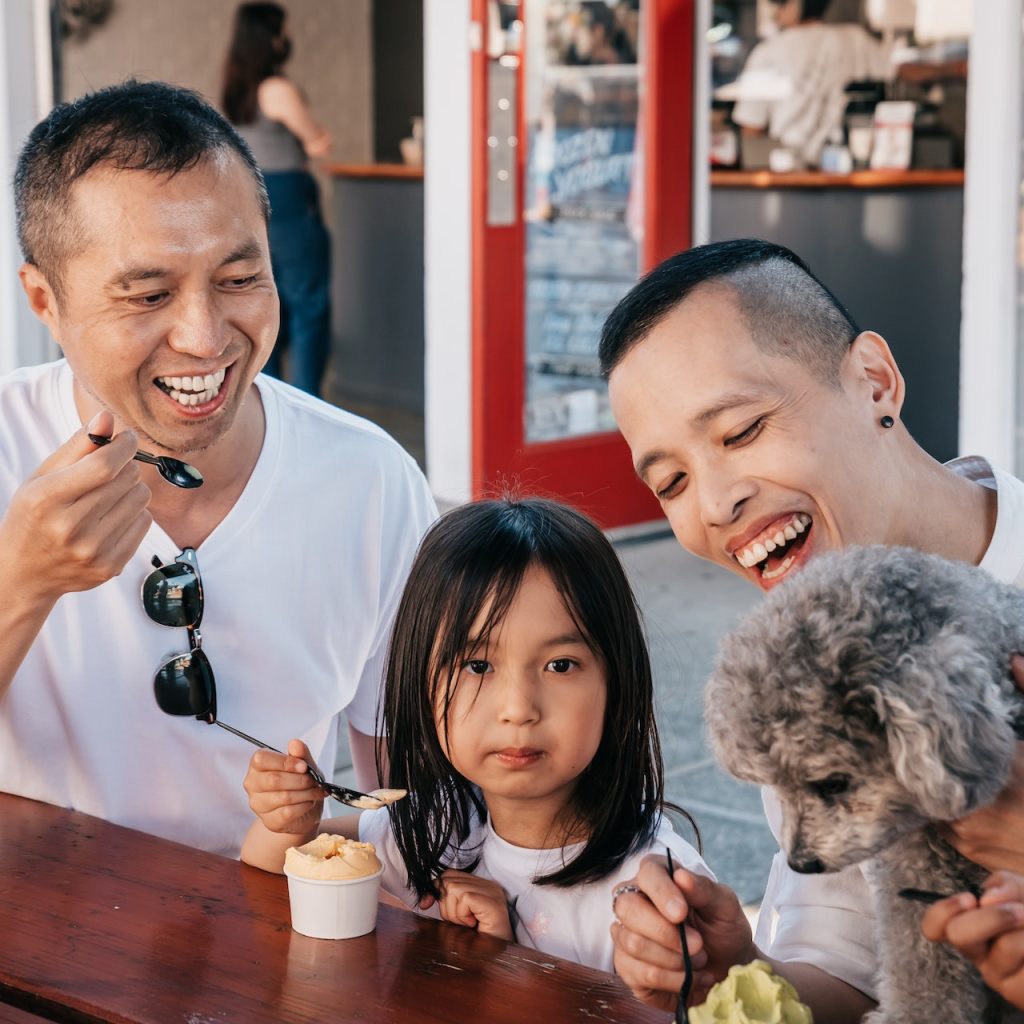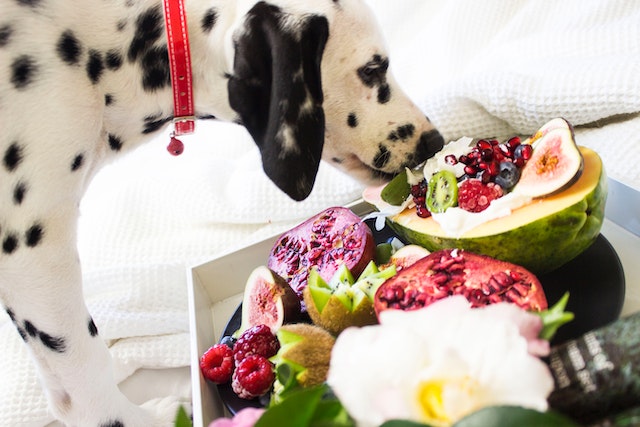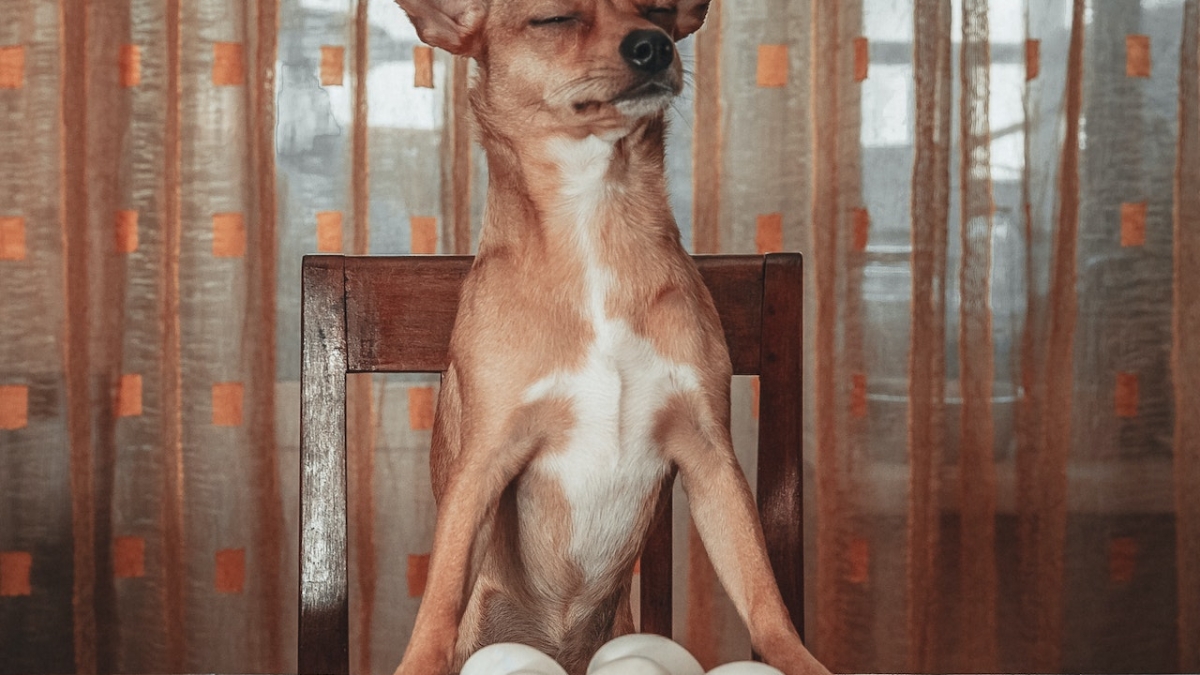Teaching your pet good table manners is essential. It enhances mealtime experiences for both you and your furry companion. With proper mealtime etiquette, you can enjoy peaceful and enjoyable dining moments together.
By instilling good table manners in your pet, you can eliminate disruptive behaviors and create a harmonious atmosphere during meals. It is not just about preventing your pet from begging or pawing for food; it’s about fostering a calm and controlled environment.
Picture this: you sit down for a meal, and your pet calmly waits nearby, displaying patience and self-control. No more drooling or whining, just a well-behaved companion. Isn’t that the ideal mealtime scenario?
When your pet understands and follows mealtime rules, you can focus on savoring your food without any interruptions. It’s about cultivating mutual respect and establishing boundaries.
Moreover, teaching good table manners is beneficial for your pet’s overall behavior and discipline. It promotes self-discipline and self-restraint, which can extend beyond mealtime into other aspects of their lives.

Why Good Table Manners Matter:
Teaching your pet good table manners yields numerous benefits, enhancing mealtime experiences for both of you.
First and foremost, it prevents begging behavior. When your pet learns proper mealtime etiquette, they understand that begging is not acceptable. This eliminates the constant pleading for food, allowing you to enjoy your meal undisturbed.
Additionally, teaching good table manners reduces the risk of food theft and countertop surfing. Your pet will learn to respect boundaries and resist the temptation to snatch food from your plate or explore kitchen surfaces. It safeguards your meals and prevents potential accidents or ingestion of harmful substances.
Moreover, promoting good table manners creates a calm and controlled mealtime environment. Instead of a chaotic and disruptive atmosphere, you can cultivate a peaceful setting where everyone can eat without distractions. This sets the tone for enjoyable shared meals and reinforces positive behaviors in your pet.
Establishing Mealtime Rules:
To ensure good table manners, it’s crucial to establish consistent rules and expectations for your pet during mealtimes.
Firstly, make it clear that begging at the table is not allowed. When your pet understands this rule, they will learn to stay away from the table and refrain from pleading for food. This promotes a respectful and enjoyable mealtime experience for everyone involved.
In addition, discourage jumping or pawing for food. Train your pet to keep all four paws on the floor during meals. This prevents them from attempting to grab food from your hands or plates, creating a more controlled dining environment.
Another important rule is teaching your pet to wait patiently for their turn. Set clear expectations that they should wait until you give them the signal before approaching their food. This cultivates patience and self-control, preventing them from rushing or snatching food prematurely.
By consistently enforcing these mealtime rules, you establish boundaries and reinforce proper behavior. This creates a positive dining atmosphere where everyone can enjoy their meals without interruptions.

Training Techniques for Good Table Manners
When it comes to teaching your pet good table manners, positive reinforcement is key.
Rewarding desired behaviors with treats or praise is an effective training method. When your pet displays good table manners, such as staying away from the table or remaining calm, provide them with treats or verbal praise. This positive reinforcement reinforces their understanding of proper behavior.
Incorporating clicker training can enhance communication during mealtime training sessions. The clicker serves as a clear signal to indicate when your pet has done something correctly. This helps them associate the desired behavior with the sound of the clicker and facilitates their learning process.
To teach good table manners, start by introducing the “stay” or “wait” command. Train your pet to understand that they should remain in a designated area during mealtimes. This command reinforces self-control and patience.
Introduce the concept of boundaries by using visual cues or physical barriers. Place a mat or create a designated space where your pet can wait during meals. This teaches them to respect personal space and reinforces the idea of staying away from the table.
Gradually phase in controlled access to food to further reinforce good table manners. Start by allowing your pet to approach their food only when given permission. This gradual approach helps them understand that they must wait for their turn and discourages rushing or stealing food.
By employing these training techniques consistently, you can instill good table manners in your pet and ensure enjoyable mealtime experiences.

Consistency and Persistence:
Consistency is crucial in reinforcing good table manners for your pet.
By consistently applying the rules and expectations you have set, you provide clear guidance and reinforce the desired behavior. This means enforcing the same rules during every mealtime, ensuring everyone in the household is on the same page.
Remember, persistence is key. Training takes time, and each pet learns at its own pace. Some may pick up good table manners quickly, while others may require more time and repetition.
Stay patient and dedicated to the training process. Consistently reinforce the desired behavior and be persistent in your training efforts. Even if progress seems slow at first, keep going and trust that your pet will eventually understand and adapt.
Consistency and persistence demonstrate your commitment to teaching good table manners. Your pet will recognize your efforts and respond positively to consistent reinforcement.
Additional Tips for Successful Training:
To ensure successful training for good table manners, consider the following tips:
Avoiding reinforcement of undesirable behaviors:
- Ignore begging behavior to discourage its continuation. Giving attention or food rewards can reinforce this behavior.
- Ensure food is out of reach when not in use. This prevents your pet from attempting to steal food from countertops or unattended plates.
Mealtime considerations:
- Establish a designated feeding area where your pet can enjoy their meals. This helps create a routine and reinforces the concept of mealtime boundaries.
- Maintain consistency in meal schedule and portion control. Regular feeding times and appropriate portion sizes promote a structured and healthy eating routine.
By implementing these additional tips, you create an environment that supports the training process and reinforces good table manners.
Troubleshooting Challenges
Addressing common challenges and finding effective solutions can further enhance your pet’s table manners.
Persistent begging behavior
- Teach your pet an alternative behavior, such as lying down or going to their designated area.
- Ignore begging behavior and avoid giving in to their demands, as any attention or food rewards can reinforce this behavior.
Difficulty with impulse control:
- Practice impulse control exercises, such as asking your pet to wait before receiving treats during training sessions.
- Gradually increase the level of difficulty, rewarding your pet for maintaining self-control in various situations.
Multiple pet households and competition for food:
- Feed pets separately to avoid competition and potential conflicts during mealtimes.
- Use barriers or create designated feeding areas for each pet to establish boundaries and minimize food-related tension.
By addressing these challenges and implementing appropriate solutions, you can overcome obstacles and foster improved table manners in your pet.
Final Thoughts
In conclusion, teaching your pet good table manners is essential for a harmonious mealtime experience.
By instilling proper mealtime etiquette, you create an environment where begging behavior is eliminated, food theft is reduced, and a calm atmosphere prevails.
Remember to set consistent rules, use positive reinforcement, and train your pet with patience and persistence.
Implementing the outlined training techniques can transform mealtimes into enjoyable moments for both you and your furry companion.
Embrace the power of consistency and persistence to reinforce good table manners.
So, start today and witness the positive changes in your pet’s behavior during mealtimes.
